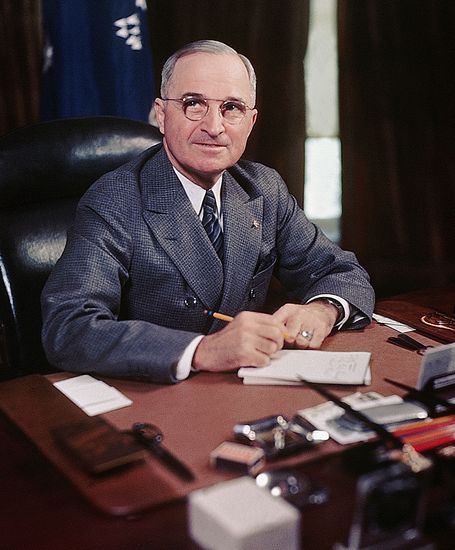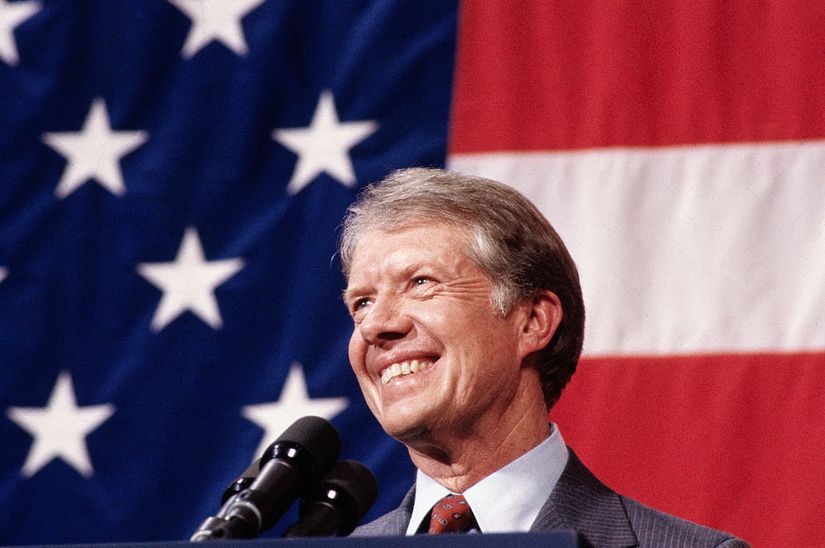Home Improvements
Every family changes the way a home looks after they move in, and presidents are no different. While some first families have been content to rearrange the White House furniture and change the drapes (so to speak), other presidents have overseen major renovations and additions to the executive mansion. These presidents and first ladies have made some of the most significant or noteworthy changes to the White House over the decades.
Related: Favorite Foods of U.S. Presidents






























